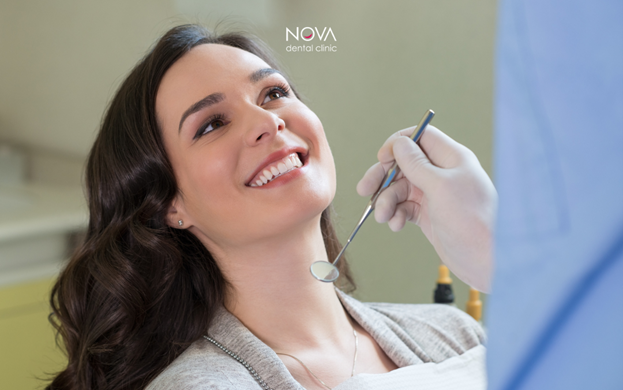
Educating our patients on proper oral hygiene and the importance of regular dental checkups is a continuous effort. This is why we remain patient when a new visitor to our clinic says, “I don’t want to remove tartar. It protects my teeth.” It is in moments like these that we recognize the need to clarify any misconceptions regarding oral health.
For many dental conditions, the primary culprit is dental plaque! Inadequate brushing, combined with poor oral hygiene habits, leads to the accumulation of soft deposits and the formation of plaque. If left untreated, plaque damages the gums and the supporting structures of the teeth over time. This can result in exposed tooth roots and increased tooth sensitivity. To patients hesitant about removing tartar, we explain that it forms through the mineralization of bacterial plaque with minerals from saliva and gingival fluid. This explanation helps them understand that tartar is not a natural part of their teeth and retaining it can negatively impact their oral health.
What Does Tartar Removal Treatment Look Like at Nova Dental Clinic?
Tartar is a stubborn deposit that can only be removed professionally using specialized instruments that generate ultrasonic vibrations. These vibrations effectively separate tartar from the tooth surface, leaving it clean. The procedure is completely safe and does not damage tooth enamel.
What Can You Expect During the Treatment?
Tartar removal is a painless and comfortable procedure. For patients with hypersensitivity or extensive tartar deposits, slight discomfort or sensitivity may occur, especially near exposed tooth roots. In such cases, the treatment can be performed under local anesthesia to ensure a pleasant experience.
How to Care for Your Teeth After the Treatment?
Following tartar removal, patients may notice a roughness on their teeth surfaces with their tongues. To minimize future tartar accumulation, it is essential to polish these surfaces thoroughly. At Nova Dental Clinic, polishing is done in two stages: first using the airflow method, and then with special brushes and abrasive polishing pastes.
The airflow method not only polishes tooth surfaces but also removes soft deposits and stains. These stains often result from consuming pigmented beverages, coffee, or smoking. The airflow treatment is especially effective for patients with chromogenic bacteria that leave black, dot-like stains on tooth surfaces. While harmless, these stains often alarm patients, who mistake them for decay. The airflow method easily eliminates these stains.
In Conclusion
Our patients often describe tartar removal, combined with airflow treatment and tooth polishing, as a “spa treatment” for their teeth, leaving them feeling refreshed and thoroughly clean. We recommend undergoing this procedure every six months as part of routine dental checkups, or more frequently if needed. Don’t wait—schedule your tartar removal treatment today and enjoy the cleanliness of your smile!











